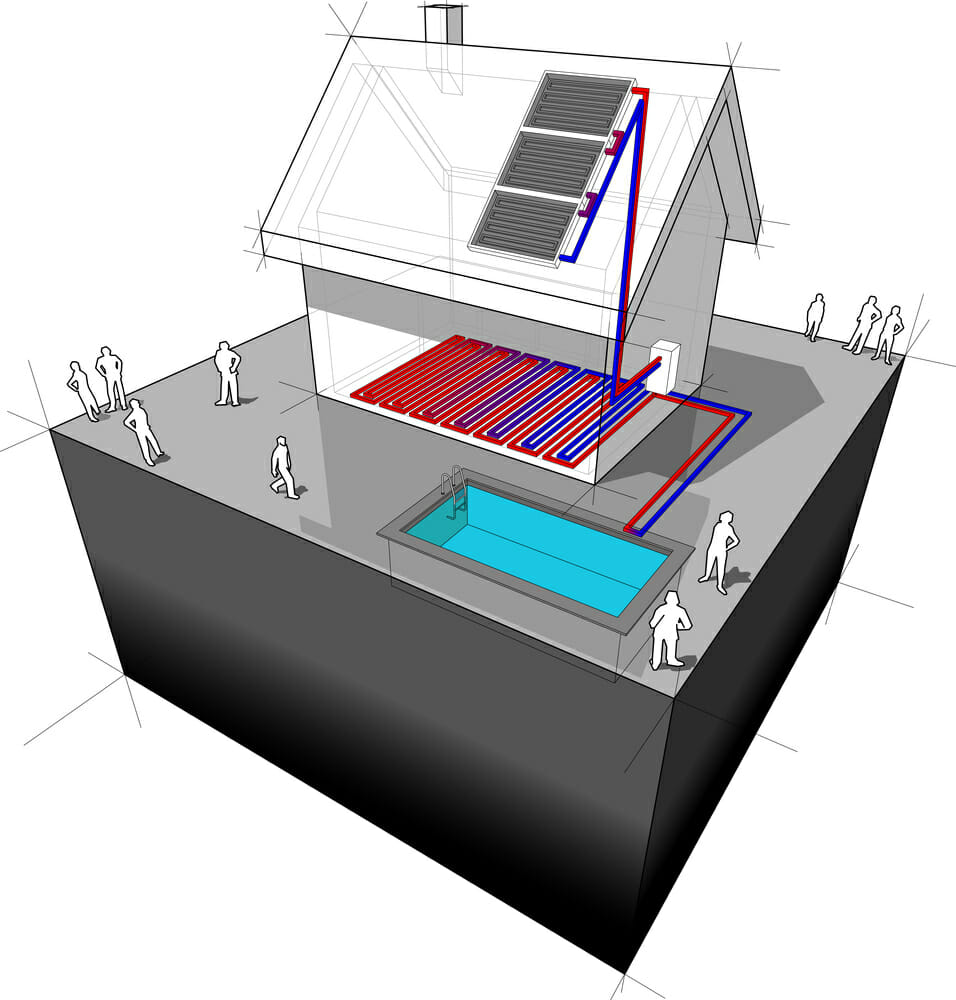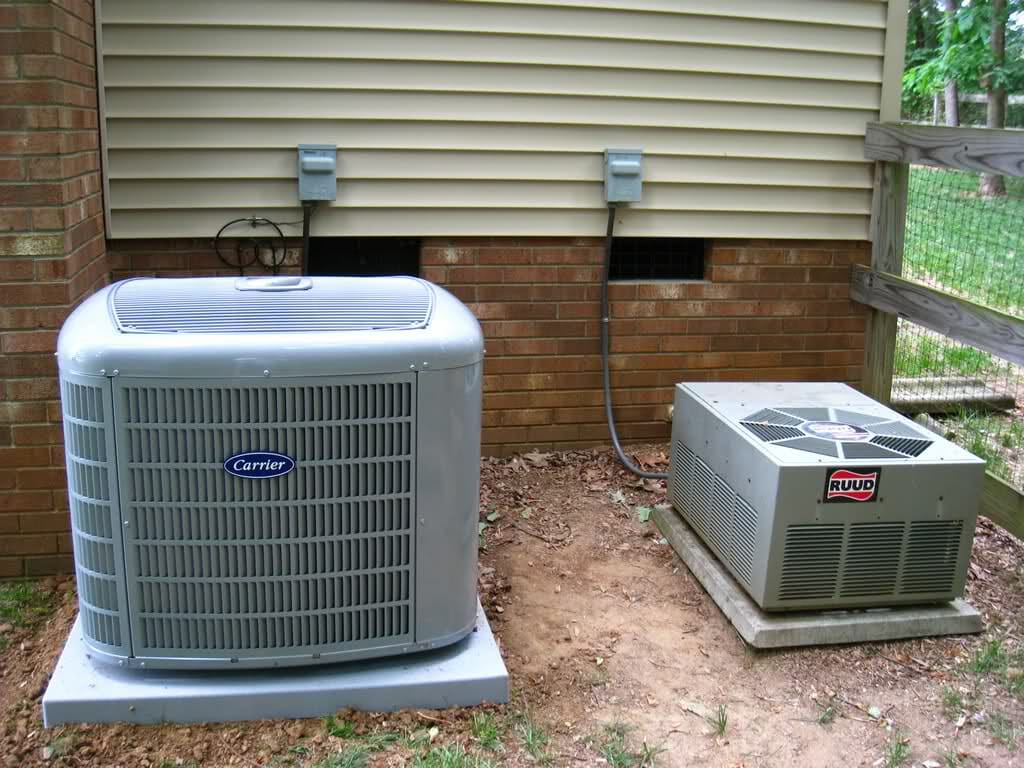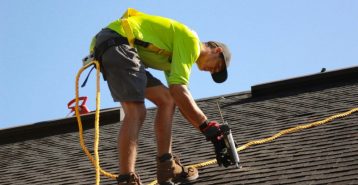Are you doing a solar project?
Modernize can pair you with three to four pros in your area, so you can compare options and save time and money.
Heating your swimming pool with a solar heating system is a great way to save yourself money and swim your morning laps at a cozier temperature—and later into the year—than ever before.
However, as beneficial as they are, not all solar pool heater collector types are built the same—and it’s important for every pool owner to know the differences between them. Here are three of the most common collector options available today, their heating effectiveness, and how they perform in various climates.
Batch Collector
A batch collector isn’t used for solar heating as often as the evacuated tube, or especially the flat plate collector. That’s because the batch collector heats up to hotter levels, takes up more space, and isn’t generally as efficient as the other two types of collectors. The real issue is that not enough of that heat is transferring to the water within efficiently, and the box simply isn’t as efficient of a heater as the other two methods. One major benefit of a batch collector, though, is that you don’t have to run the pump to warm up water for your system. Even when the pump is off, stored water is being heated and ready to use once the pump starts running again.
How it Works
Sunlight shines through a glass-plated, insulated box, which heats a water tank—dark in color to absorb heat effectively—within. Many times there is a metal coil that runs along the exterior of the container, pulling heat and carrying it throughout the interior of the tank to heat the water more efficiently.
Batch collectors typically hold a large amount of water in them for heating purposes. The issue here is that you’ll have extra water stored, in addition to the water in your pool itself. If you happen to live in an area that freezes during the winter, the water won’t have any place to go during the off-season, because if it sits, you’ll risk cracking the container and the circulation system.
The result is that you’ll have to drain the system and waste the water held in those collectors each and every year. Since treated water for swimming pools isn’t much good for anything else, this represents a very real waste of water each season, at least in northern climates where the water can’t simply be stored for use the next year.
Batch Collector Variation
There is a variation on the standard batch collector that’s essentially a long black hose coiled up. Water is pumped through this coiled hose that’s heated from sunlight, and then it drains back into the pool once again. This system avoids the issue of standing water in your system, but it doesn’t give the water as long to heat up, and it doesn’t allow the system to continue generating heat even when the pump isn’t running—which is one of the main benefits of a standard batch system.
Flat Plate Collector
This is the most popular solar heater for swimming pools for a few different reasons. The first is because heat-to-water transfer happens very quickly and efficiently. Water can be pumped in and heated nearly instantly when the sun is shining bright. If you prefer to filter your pool while swimming in it during the day, the collector will work well for your system and follow your standard use patterns.
How the Collector Works
A flat plate collector is a thin, insulated box with a tempered glass plate in front that lets sunlight in. Behind that glass, a black pad absorbs heat from sunlight, and a collection of narrow water pipes run over the pad to warm up. The sun shines into the collector and heats up that pad, and water runs through the collector to pull the heat away. When the sun is out, heat can be transferred fast and effectively.
Evacuated Tube Collector
Find the Right Contractor for Your Solar Project
Whether you’re ready to begin your project now or need some expert advice, our network of contractors are here to help. With a few simple questions, we’ll find the best local professionals for you
When heating a swimming pool, an evacuated tube collector system works quite well. The system relies on closed-loop heating and transfers that heat over to the chlorinated water with a heat exchanger. It’s known as being the most efficient heating method, and also one of the most long-lasting options available.
How it Works
A series of vacuum tubes—or small glass tubes within large glass tubes that have a vacuum in between layers—generate heat from sunlight. They do so by allowing sunlight in through the glass, which then shines on a black layer within and generates heat. The heat is trapped in the vacuum tube and transfers to a nearby heat exchanger attached to a narrow water box. The insulated water box is attached to your pool pump system. As water is pumped up from your pool, it travels through the water box and runs over the metal coils of the heat exchanger to be warmed until it’s sent back out again and down to the pool.
Cold Weather Considerations
If you live in a climate with very cold weather, you’ll need to consider how your system will function when it’s cold enough for water to freeze. While there won’t really be an issue with evacuated tube collectors or flat plate collectors, batch collectors are designed to hold water all the time—and this means you’ll have to drain the system at the end of your pool season or risk facing damaged equipment when the weather turns cold. Draining the water is extra work, and it’s a waste since all that water is essentially being poured out into the ground. You can make use of the water by deactivating your system a month or two before you close the pool and simply draining the tanks to fill up lost pool water from evaporation, but then you aren’t making the most of your heating solution, and you’re cutting your swimming season short.
Low Sun and High Wind Considerations
When you’re facing low levels of sunlight—or you’re in an environment with high levels of wind—an evacuated tube collector is a significantly better option than the other two types of collectors. That’s because the vacuum seals on the tubes are a much more powerful insulator than anything the other two solutions use. Heat isn’t lost much from the tubes when wind travels over top of them, and higher temperatures for heating can be generated in low sunlight conditions because heat energy is contained more effectively. So if you live in a windy location such as a coastline or on a hilltop, or if you don’t get as many sunny days as you would like, you’ll get the most out of an evacuated tube solar collector array.
Consider the Cost
Each of these solar collectors relies on different technology, and it’s important to consider what each will cost you. Batch collectors are the simplest option of the bunch, as they rely on the least amount of equipment and can even be built at home to save you money. They’re easy to install and don’t require skilled labor to put in place most of the time, especially when mounted on the ground.
Flat plate collectors are a bit more sophisticated and will cost significantly more than batch collectors. They’re generally more attractive looking and take up less space while providing on-demand heat, but you should expect to spend two to three times as much on these collectors as you will on an affordable batch model.
Evacuated tube collectors are the most expensive, and they cost anywhere from 20 to 50 percent more than flat plate collectors. They rely on delicate vacuum tubes that are more likely to break and will have to be replaced with time, but this system offers the best results when serious heating is needed.
When you’re trying to heat up your swimming pool, any of the above mentioned solar collectors will make a difference. Some will just do more for you than others. An evacuated tube array is going to function the best in the most widespread conditions and generate the most heat for you, which is great if you need a lot of heat for your pool, or if you live in windy or regularly overcast locations. However, if you live in a temperate climate with plenty of sunlight, you could probably achieve the desired results with a batch system or a flat plate system and save yourself some money.
Find the Right Contractor for Your Solar Project
Whether you’re ready to begin your project now or need some expert advice, our network of contractors are here to help. With a few simple questions, we’ll find the best local professionals for you
Reviews from Real Homeowners
Welcome to Homeowner Resources! We are the Modernize blog. Modernize pairs more than 3 million homeowners a year with pre-vetted contractors in their area. This blog started because we believe homeowners should know everything about their homes, from how their HVAC works to which front door colors they might love. On Homeowner Resources, you can find information on every part of your home, right down to how you can negotiate with contractors to get the best price. Here's more about the blog.
Need a contractor? Learn more about how Modernize finds the right pro for you.




